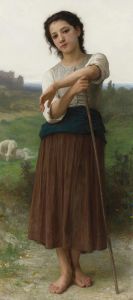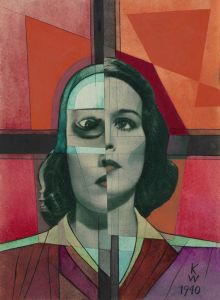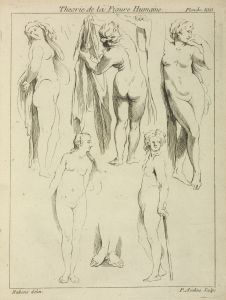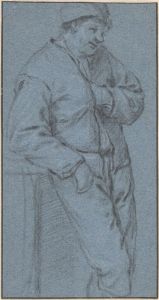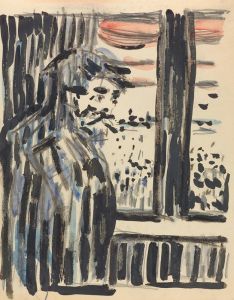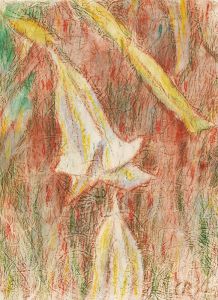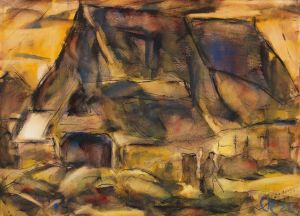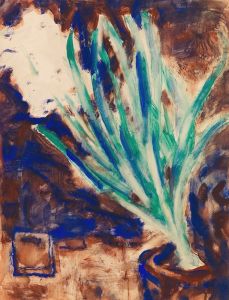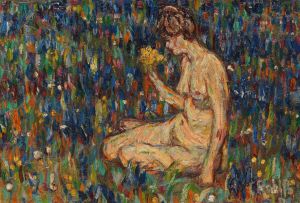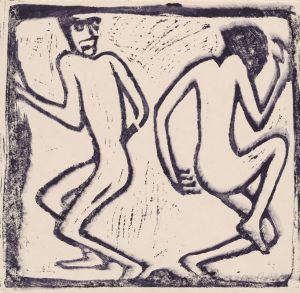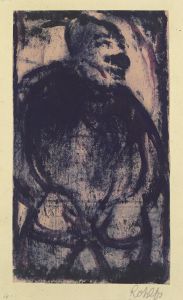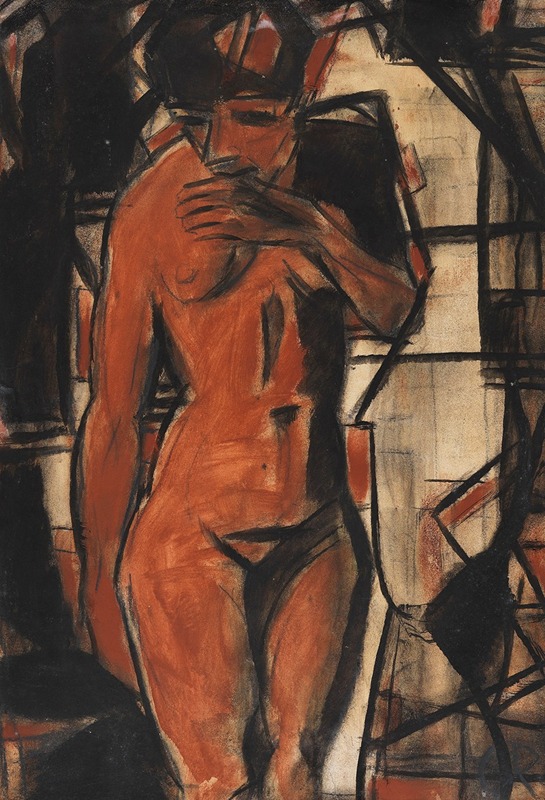
Stehender weiblicher Akt
A hand-painted replica of Christian Rohlfs’s masterpiece Stehender weiblicher Akt, meticulously crafted by professional artists to capture the true essence of the original. Each piece is created with museum-quality canvas and rare mineral pigments, carefully painted by experienced artists with delicate brushstrokes and rich, layered colors to perfectly recreate the texture of the original artwork. Unlike machine-printed reproductions, this hand-painted version brings the painting to life, infused with the artist’s emotions and skill in every stroke. Whether for personal collection or home decoration, it instantly elevates the artistic atmosphere of any space.
Christian Rohlfs was a German painter known for his contributions to Expressionism, and his work "Stehender weiblicher Akt" (Standing Female Nude) is one of his notable pieces. Born on December 22, 1849, in Niendorf, Germany, Rohlfs had a long and evolving career that saw him transition through various styles, ultimately becoming a significant figure in the German Expressionist movement.
"Stehender weiblicher Akt" exemplifies Rohlfs' mature style, which is characterized by bold colors and dynamic forms. This painting, like many of his works, reflects his interest in the human figure and his ability to convey emotion and movement through his brushwork. Rohlfs often focused on the human body, exploring its form and the play of light and shadow across its surfaces. His approach to the nude was not merely academic but expressive, aiming to capture the essence and vitality of the subject.
Rohlfs began his artistic education at the Grand Ducal Saxon Art School in Weimar, where he was initially influenced by the academic traditions of the time. However, his style evolved significantly over the years. In the early 20th century, Rohlfs became associated with the avant-garde movements in Germany, particularly Expressionism, which emphasized emotional experience over physical reality. This shift is evident in "Stehender weiblicher Akt," where the use of color and form is more about expressing inner feelings than depicting an anatomically precise figure.
Throughout his career, Rohlfs was influenced by various artistic movements and figures. He was particularly impacted by the works of Vincent van Gogh and the Fauves, which is reflected in his vibrant color palette and expressive brushwork. His later works, including "Stehender weiblicher Akt," show a departure from realism and a move towards abstraction, focusing on the emotional and spiritual aspects of art.
Rohlfs spent much of his career in Hagen, Germany, where he was supported by the art collector Karl Ernst Osthaus. Osthaus was instrumental in promoting modern art in Germany and provided Rohlfs with a studio at the Folkwang Museum, which allowed him to experiment and develop his unique style. This period was crucial for Rohlfs, as it gave him the freedom to explore new artistic directions and solidify his place in the Expressionist movement.
Despite facing challenges during his lifetime, including the rise of the Nazi regime, which labeled his work as "degenerate art," Rohlfs continued to paint until his death on January 8, 1938. His legacy is preserved through his numerous works, which continue to be studied and appreciated for their contribution to modern art.
"Stehender weiblicher Akt" remains an important piece within Rohlfs' oeuvre, showcasing his ability to blend form and color to create a powerful visual experience. The painting is a testament to his skill as an artist and his commitment to exploring the depths of human emotion through art. Today, Rohlfs is remembered as a pioneer of German Expressionism, and his works are held in high regard in museums and collections worldwide.





